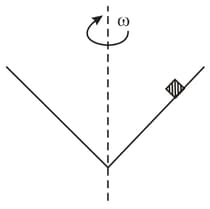At a certain moment in time the angle between the velocity vector of a material particle and the acceleration vector of that particle is . What will be the motion of the particle at this moment for different s: rectilinear or curvilinear, accelerated or uniform or decelerated?
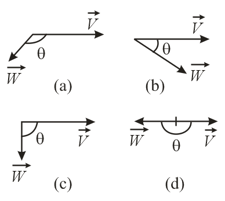


Important Questions on Fundamentals of Mechanics
A particle is moving along an expanding spiral in such a manner that the particle's normal acceleration remains constant. How will the linear and angular velocities change in the process?
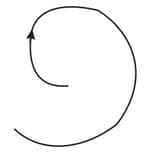
A particle is moving in a circular orbit with a constant tangential acceleration. After a certain time has elapsed after the beginning of motion, the angle between the total acceleration and the direction along the radius becomes equal to . What is the angular acceleration of the particle?

An object is thrown at an angle to the horizontal with a velocity . How do the normal acceleration and the tangential acceleration vary in the process of ascent if the drag is ignored?
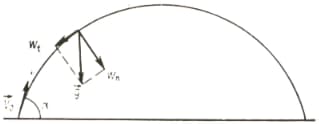
At the foot of a hill a certain velocity is imparted to a sled, as a result of which the sled moves up the hill to a point and then down the hill. What are the directions of the normal and tangential components of the acceleration at point ?
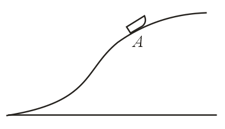
An object moves without friction along a concave surface. What are the directions of the normal and tangential components of the acceleration at the lowest possible point?
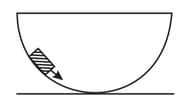
A stunt rider on a unicycle is riding around the arena of a circus in a circle of radius . The radius of the wheel of the unicycle is and the angular velocity with which the wheel rotates is . What is the angular acceleration of the wheel? (Ignore the fact that the wheel axis is inclined.)

liquid has been poured into a cylindrical vessel of mass (the mass of the vessel bottom can be ighored) and height . The linear density of the liquid, that is, the ratio of the mass of the liquid column to its height, is . What is the height of the column of liquid at which the common center of gravity of the liquid plus the vessel is in the lowest position?
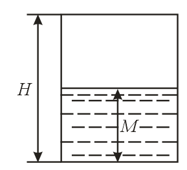
A cone-shaped funnel is being rotated with constant angular velocity . An object is placed on the inner wall of the funnel. The object can freely move along the generatrix of the cone, but during the motion of the funnel the body is in a state of equilibrium. Is this equilibrium stable or unstable?
